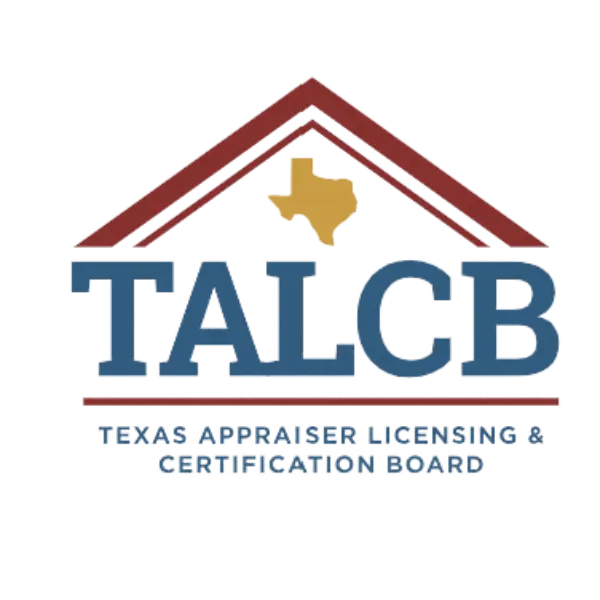Building a Real Estate Investment Portfolio: Strategies for Success
Investing in real estate can be a powerful way to build wealth and achieve financial independence. However, like any investment, it requires a thoughtful approach and strategic planning. Here are key strategies to help you build a successful real estate investment portfolio.
Defining Your Investment Goals
Before jumping into building a real estate portfolio, it is crucial to establish your investment objectives. Start by asking yourself the following:
- Are you seeking immediate cash flow or focusing on long-term appreciation?
- What is your comfort level with risk-taking?
- How much time and energy are you able to commit towards managing your investments?
- By having well-defined goals, you can make informed choices and create an investment plan that aligns with your priorities.
Property Types:
- Residential Properties: Single-family homes, multifamily units, and apartments.
- Commercial Properties: Office buildings, retail spaces, industrial properties. ( Check out our Commercial Loans)
- Specialty Properties: Vacation rentals, student housing, senior living facilities.
Geographical Locations:
Invest in different cities or states to reduce the impact of local market fluctuations.
Consider emerging markets with high growth potential.
Conducting Market Research
Conduct thorough market research to identify profitable investments by analyzing local real estate trends, economic indicators, and demographics. Key factors include:
- Employment rates and job growth
- Population growth and migration
- Housing supply and demand
- Infrastructure and amenities

Financing Your Investments Commitment
Securing financing is key to building a real estate portfolio. Explore options like conventional mortgages, private lenders, and partnerships. Understand terms, interest rates, and repayment schedules to maximize investment potential.
Property Management
Effective property management is crucial for growing your real estate portfolio. Ensure properties are well-maintained, tenants are satisfied, and rent is collected on time. Key practices include:
- Regular inspections and maintenance
- Efficient tenant screening and leasing
- Prompt response to tenant issues
- Accurate financial record-keeping
Evaluating Performance
Regularly evaluate your real estate investments by tracking key performance indicators (KPIs):
- Cash flow: Income after expenses
- Net operating income (NOI): Income minus operating expenses
- Return on investment (ROI): Investment profitability
- Occupancy rates: Rented units vs. total units
Analyzing these metrics helps identify underperforming assets and opportunities for improvement.
Staying Informed and Adapting
Being knowledgeable about the real estate market is essential as it is constantly changing. Staying updated on industry trends, regulatory changes, and economic conditions is vital. Keep educating yourself by reading books, attending seminars, and networking with other investors. Being open to adapting your strategy based on new information will give you an advantage in the competitive real estate market

“The major fortunes in America have been made in land.”
– John D. Rockefeller Tweet
Conclusion
Building a profitable real estate investment portfolio requires strategic planning, thorough research, and consistent maintenance. Objectives, diversification, market analysis, financing, and efficient property management are all essential for a successful portfolio. Monitoring performance and staying current with trends will also help ensure success in your investments.









